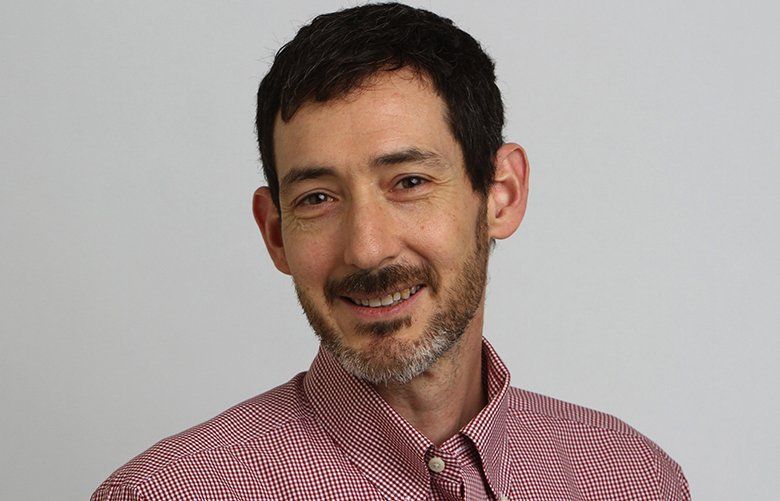Rents in the Seattle area, and much of the nation, rose sharply during the early years of the pandemic. Since 2023, though, the rental market has softened, giving some relief to local renters — at least that’s what most industry reports say.
But after looking at some new survey data from the U.S. Census Bureau, I’m not sure Seattle-area renters would agree with those reports.
According to the survey, a clear majority of renters in the Seattle area say their rents have increased in the past year. And for most, the increase was not an insignificant amount.
Among more than 1 million Seattle-area adults who live in rental units, a projected 658,000 — that’s 64% — reported their rent had gone up over the past 12 months. And nearly 545,000, or 53%, said their rents jumped by at least $100 a month.
The data comes from the Household Pulse Survey, an ongoing project of the Census Bureau. The most recent survey was conducted from Feb. 6 to March 4. The survey question asked renters if their rent had gone up, down, or stayed the same over the past 12 months. If it went up, respondents were asked how much it increased. The question did not ask people how much they currently paid in rent.
The Household Pulse Survey includes data for the nation’s 15 largest metro areas. Among those 15, Seattle had the second-highest share of renters who reported increases of $100 or more. Southern California’s Riverside-San Bernardino area, also known as the Inland Empire, had the highest share, at nearly 60%. The Boston metro area ranked third, at just slightly below 53%.
The lowest percentage of renters experiencing $100-plus rent hikes was in the San Francisco Bay Area, at just 27%. That is likely because a number of cities in that metro area, including San Francisco and Oakland, have some form of rent-control protections. Philadelphia was second lowest at 36%, followed by Chicago at 38%.
The Seattle metro area includes King, Pierce and Snohomish counties. There were nearly 650,000 rental units in the Seattle metro in 2022, according to census data, and the median rent paid for a one-bedroom apartment was $1,881.
In the Seattle area, a projected 320,000 renters, or 31%, were lucky enough to have no increase in rent over the past year. An even luckier 10,000 renters, or less than 1%, said their rent actually decreased. And about 37,000 recorded as renters, or 4%, did not pay any rent — that typically happens when a renter works as a property manager, does maintenance or some other type of labor in exchange for rent.
Among the projected 658,000 who did experience a rise in rent, about 113,000 had a relatively modest increase of less than $100. A much larger number — about 306,000 — had their rent go up between $100 and $249 a month. That’s not great, but some other folks got hit with the kind of rent hike that could easily force them to move: Around 239,000 said their rent increased by $250 or more a month.
The U.S. Census Bureau produces the Household Pulse Survey in conjunction with other federal agencies. Unlike other census products, which have a long lag time, the Household Pulse Survey provides near-real-time data.
The program was initiated in 2020 in response to the pandemic. It was intended to help inform officials and policymakers about the impacts of the pandemic on communities across the country, and to provide data to aid in a post-pandemic recovery.

The opinions expressed in reader comments are those of the author only and do not reflect the opinions of The Seattle Times.